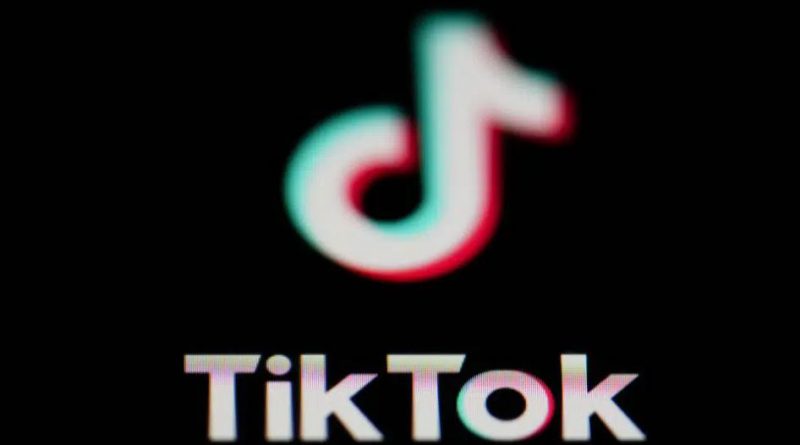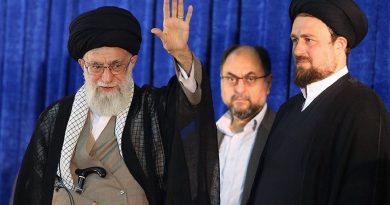TikTok’s Path to a New Era: U.S. Licensing Deal Sparks Hope for Collaboration and Digital Innovation
Despite initial skepticism, talks over TikTok’s algorithm licensing could pave the way for a new model of tech cooperation, balancing innovation, security, and user freedom across borders.
As the U.S. government and ByteDance, TikTok’s Chinese parent company, inch closer toward a groundbreaking agreement over the video platform’s American operations, the world watches closely.
The discussions, centered around a proposed licensing arrangement for TikTok’s powerful recommendation algorithm, mark a potentially historic moment in the evolving landscape of digital policy, national security, and global innovation.
Representative John Moolenaar, the chair of the House Select Committee on China, voiced cautious concern over the deal’s finer details, particularly the possibility of China retaining any leverage over the algorithm.
However, industry experts suggest that if executed transparently and collaboratively, the agreement could become a blueprint for how nations navigate the delicate intersection of technology ownership, data privacy, and international trust.
“Anytime you have leverage over an algorithm, you need to ensure transparency and accountability,” Moolenaar remarked during a recent policy forum. “But this also presents an opportunity for the U.S. to establish global digital norms.”
A Balancing Act Between Security and Innovation
The proposed deal would see TikTok’s U.S. assets sold to a consortium of American and global investors, with ByteDance retaining less than a 20% stake, aligning with national security requirements set out in a 2024 law.
According to White House officials, the agreement also includes a provision allowing TikTok’s new U.S. entity to license the algorithm — under strict monitoring by American security partners.
President Donald Trump previously signed an executive order in late September approving this arrangement, emphasizing that it “meets national security requirements” and allows TikTok to continue operations in the United States — a platform that serves over 170 million Americans.
The move was widely viewed as a compromise between outright restriction and productive reform, giving the social media giant a chance to continue thriving under closer supervision.
The decision also reflects growing recognition in Washington that digital ecosystems are too globally interconnected for simplistic solutions.
While national security remains a top priority, U.S. officials are also keen to avoid disrupting the livelihoods of millions of content creators, small businesses, and influencers who depend on TikTok for income and community engagement.
The Power of an Algorithm — and What Comes Next
At the heart of the conversation lies TikTok’s algorithm — a sophisticated system that curates personalized content for each user. Technology analysts note that retraining or replicating such an algorithm could take years and cost billions of dollars.
Moolenaar acknowledged this complexity, saying, “It’s still very much a work in progress,” while hinting at the need for a “new algorithm” free from any foreign influence.
Experts, however, believe that a co-managed algorithmic framework could strike the right balance, ensuring operational independence while maintaining TikTok’s signature user experience.
The proposed deal outlines that the new U.S. entity’s board will comprise seven members — six Americans and one appointed by ByteDance, ensuring governance remains firmly under U.S. control.
Moreover, the algorithm’s operations will be monitored by designated security partners, adding an extra layer of transparency to ease public and governmental concerns.
A Step Toward Global Digital Diplomacy
If successful, the deal could mark a turning point for international tech diplomacy. It offers a model for how global companies and governments can collaborate without compromising sovereignty or innovation.
“This is more than a business transaction — it’s an experiment in cross-border cooperation,” said a Washington-based tech policy analyst. “It could redefine how we manage digital ecosystems in an era of data-driven governance.”
Observers also note that this resolution may open pathways for similar negotiations between Western regulators and other Chinese tech giants, including firms in AI, fintech, and digital entertainment.
Positive Market and User Impact
The progress in talks has already sparked optimism among investors and users alike. Industry experts predict that a stable resolution could boost TikTok’s market valuation, encourage advertiser confidence, and restore faith among creators who feared losing their platform.
Meanwhile, digital rights advocates view the agreement as a potential middle ground between protectionism and openness, where user data remains safe while innovation continues to flourish.
With the January 2026 deadline approaching, all eyes are on TikTok’s leadership, U.S. regulators, and ByteDance executives as they finalize the details of this historic agreement.
Despite differing viewpoints, one sentiment unites most observers — a shared belief in finding a constructive path forward.
As global digital interdependence deepens, TikTok’s journey represents more than a corporate restructuring; it symbolizes a new era of responsible innovation, collaborative governance, and technological diplomacy.



